Travel Tips and Stories of City Palace in India
Find inspiration with pictures, tips and stories of City Palace from travelers sharing their experiences
Book your trip to City Palace and remunerate who inspired you
Travel guide of City Palace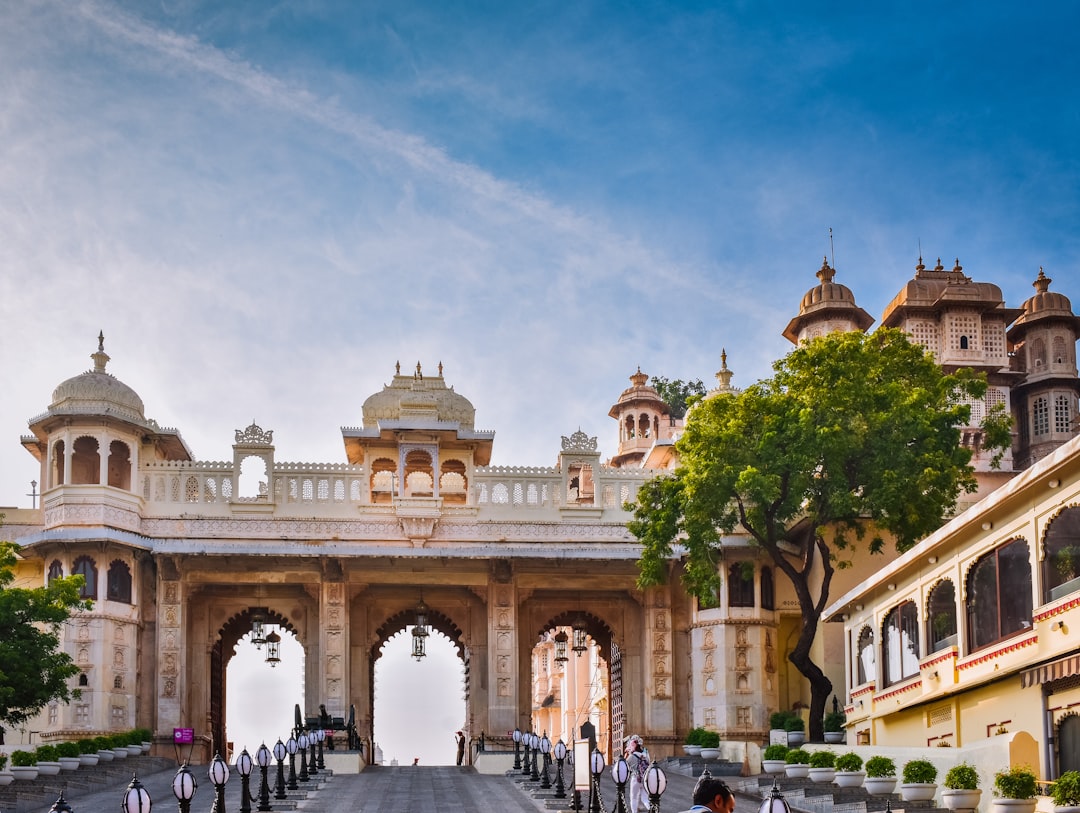
Find inspiration with pictures, tips and stories of City Palace from travelers sharing their experiences
Book your trip to City Palace and remunerate who inspired you
Travel guide of City Palace
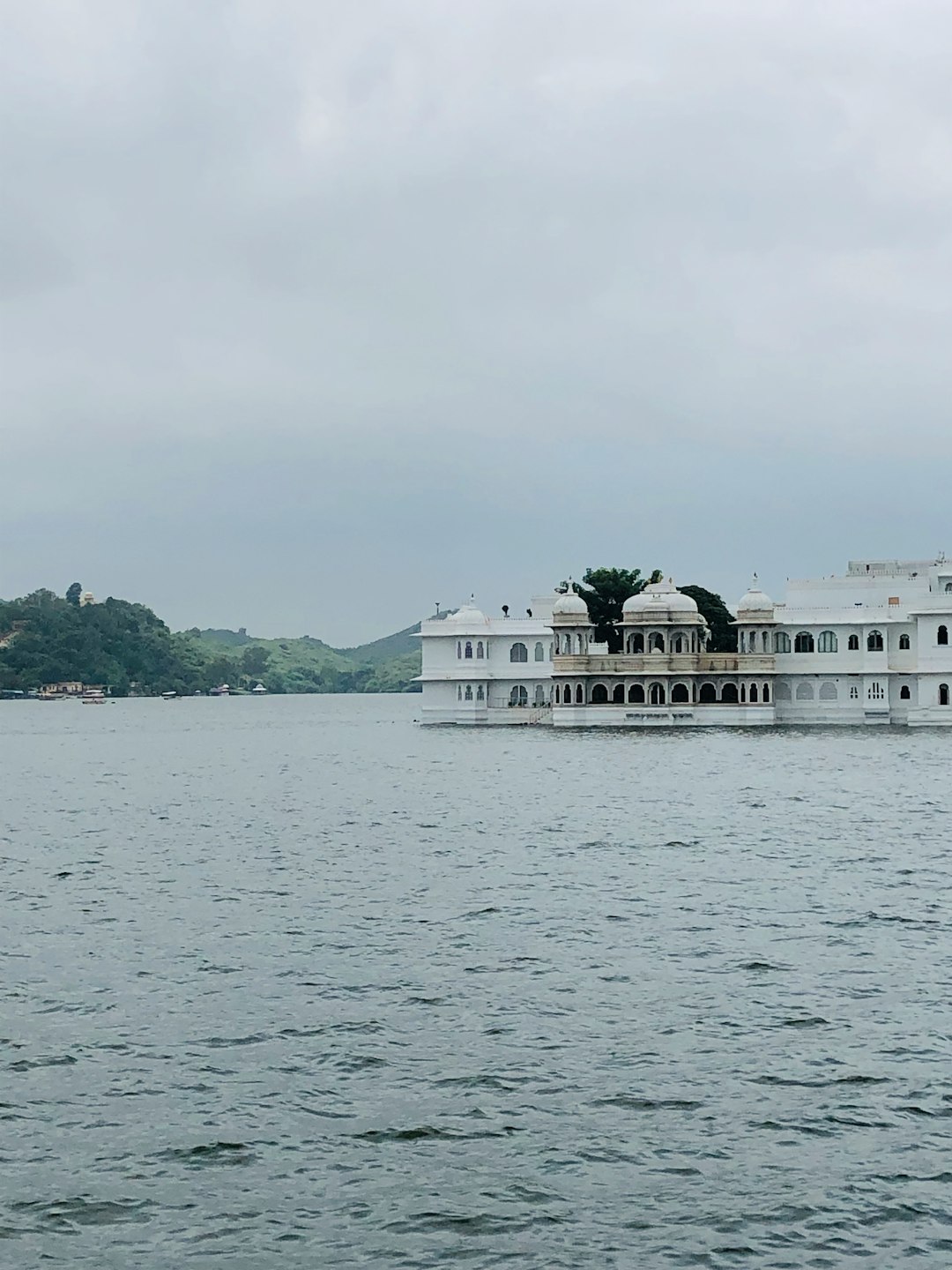
Beautiful scenery of Lake Palace Udaipur, photo taken at Ambrai Ghat, Udaipur.

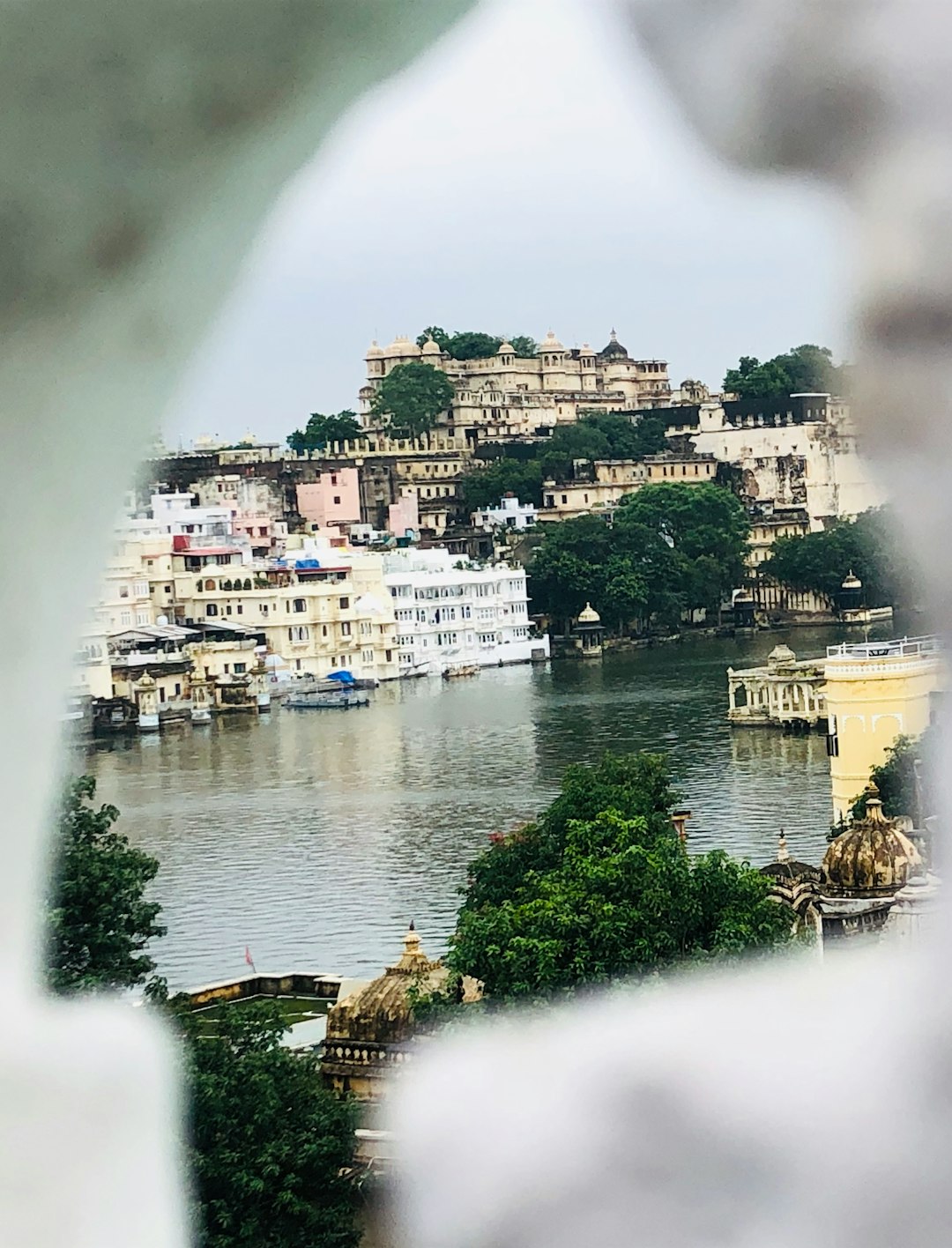
A memorable view of city palace udaipur and pichola lake udaipur from a local restaurant terrace.

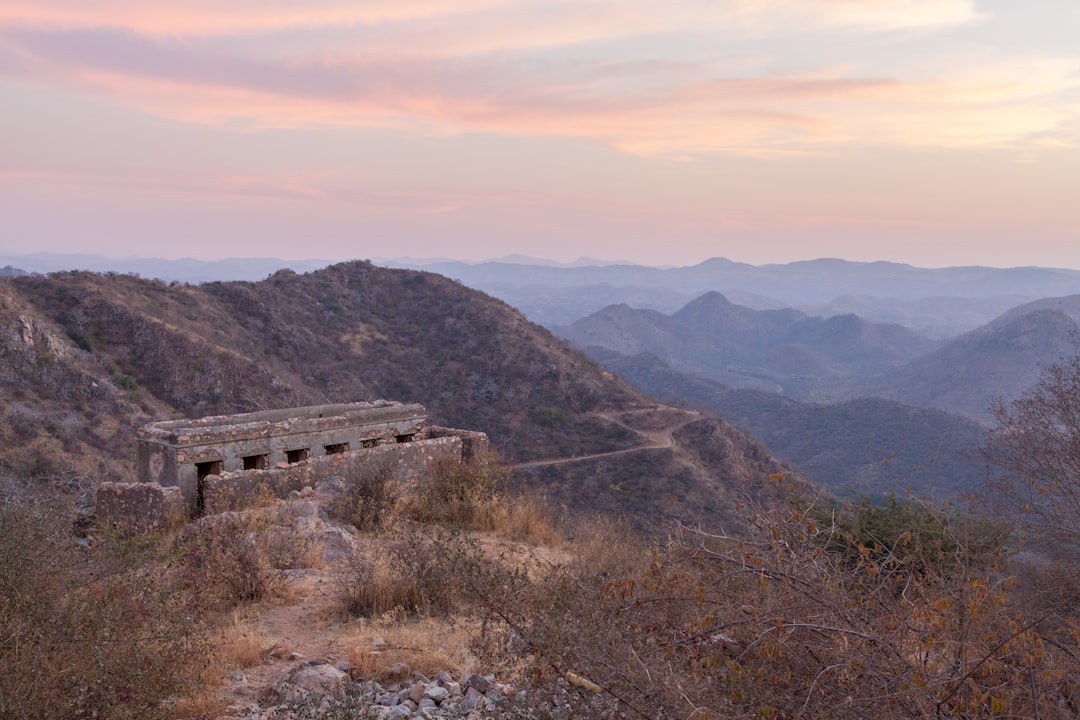
3 km from City Palace
Sunset view from the Monsoon Palace.

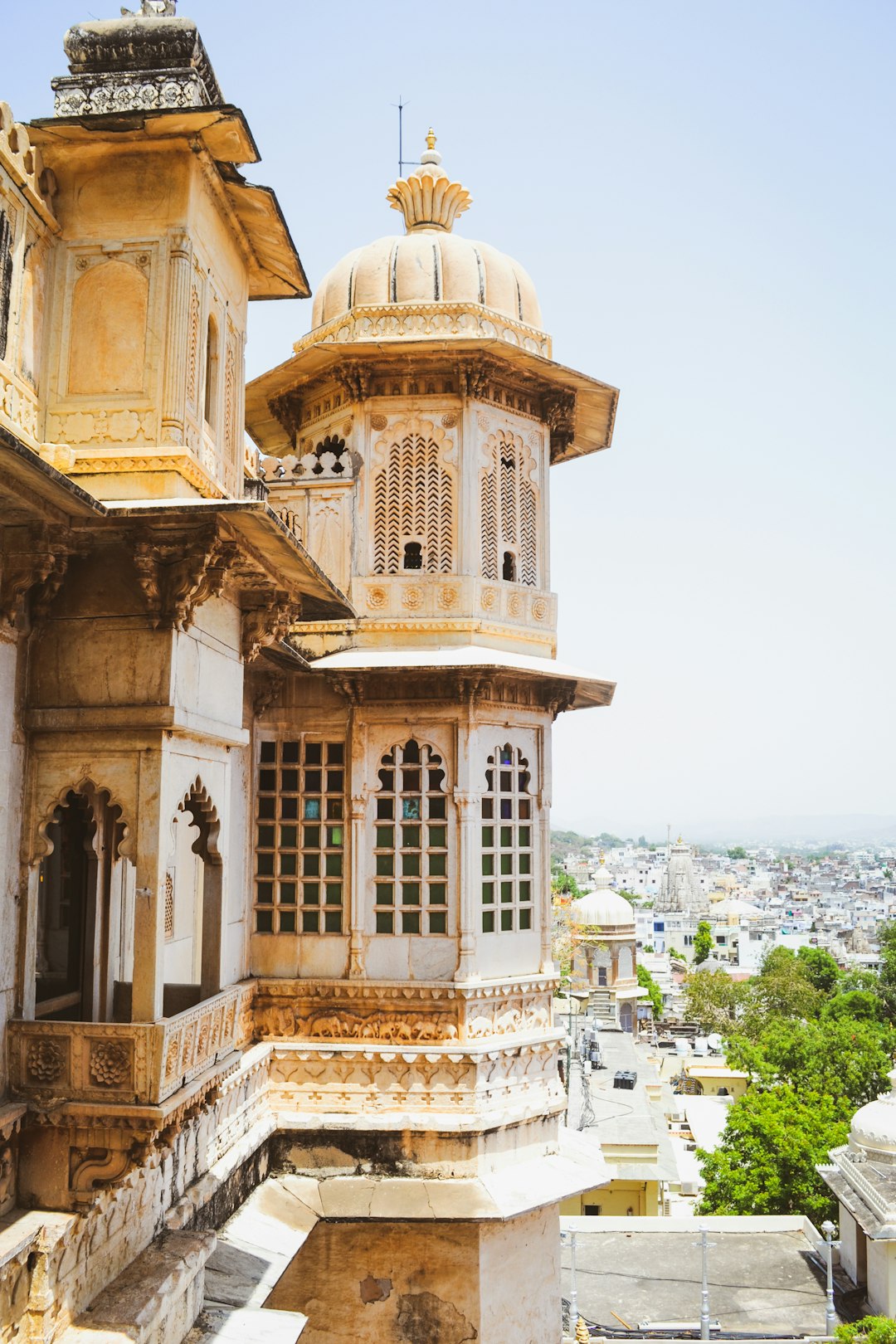
3 km from City Palace
View from city place! #udaipur #rajasthan

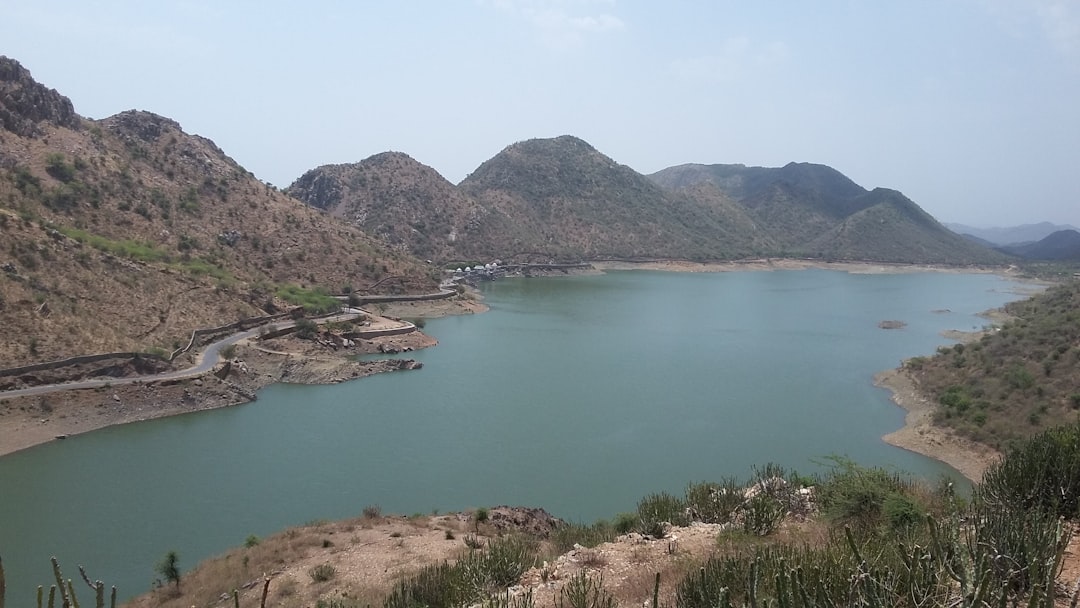
3 km from City Palace
Udaipur, Rajasthan, India

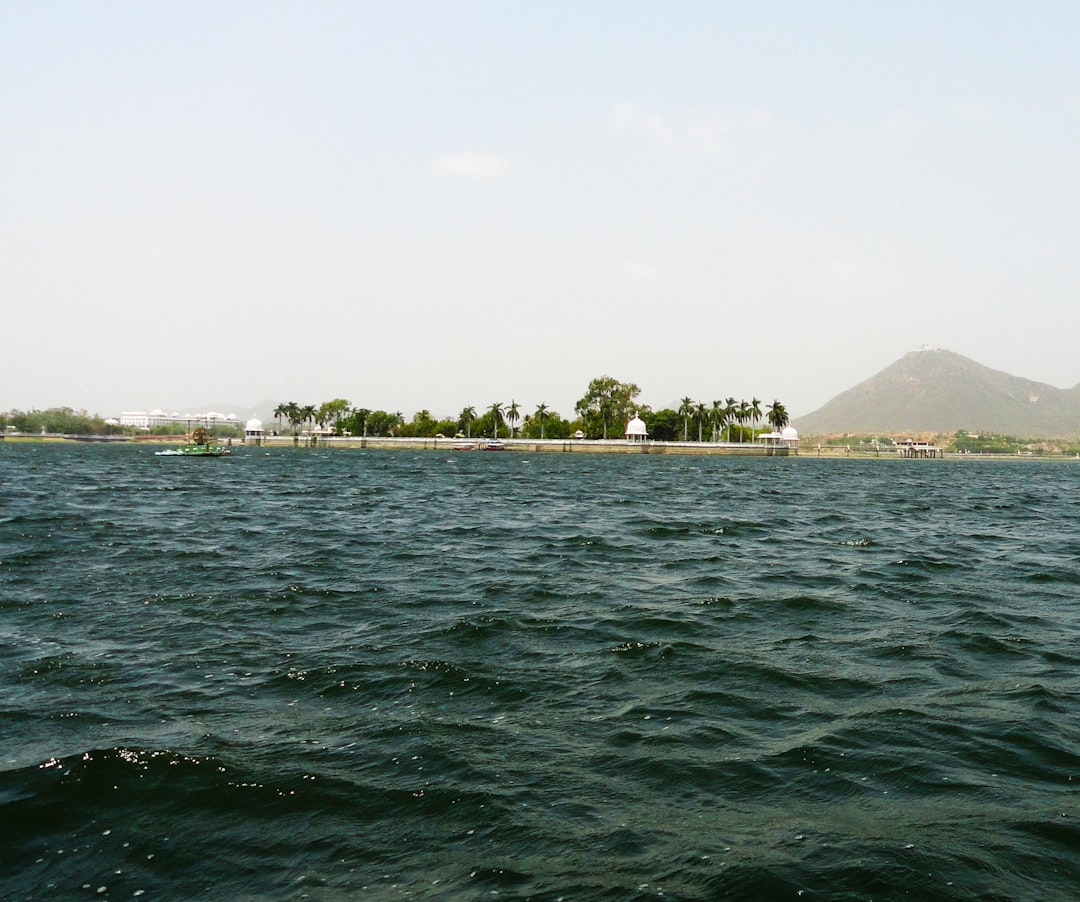
3 km from City Palace
river lake water blue green scenery history fort

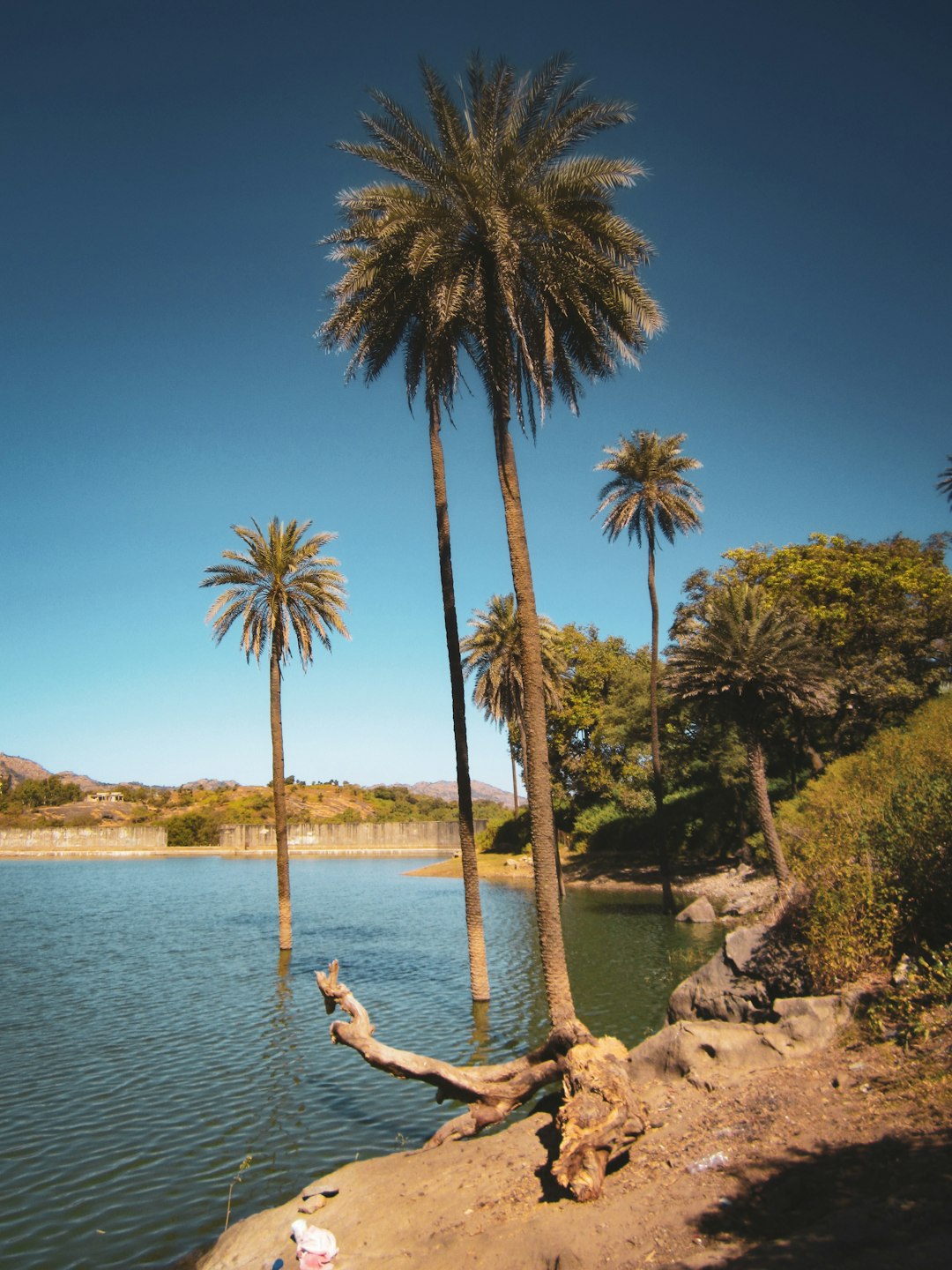
93 km from City Palace
Lakeside
 Experienced by Renzo D'souza
Experienced by Renzo D'souza
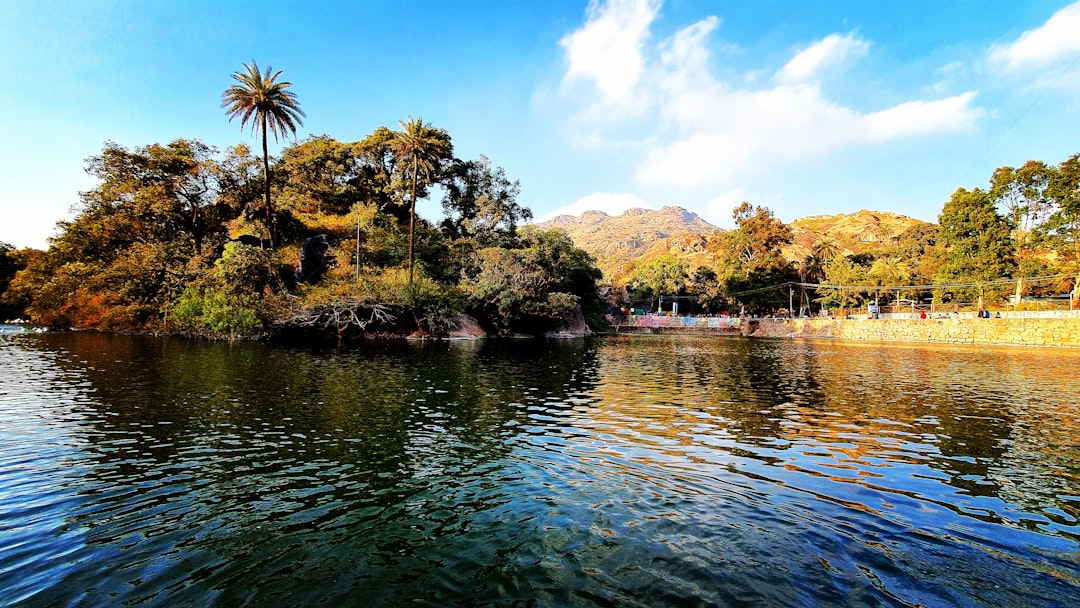
98 km from City Palace
A beautiful place. Mount Abu is a popular hill station in the Aravalli Range in Sirohi district of Rajasthan state in western India near the border with Gujarat. The mountain forms a distinct rocky plateau 22 km long by 9 km wide. The highest peak on the mountain is Guru Shikhar at 1,722 m (5,650 ft) above sea level.

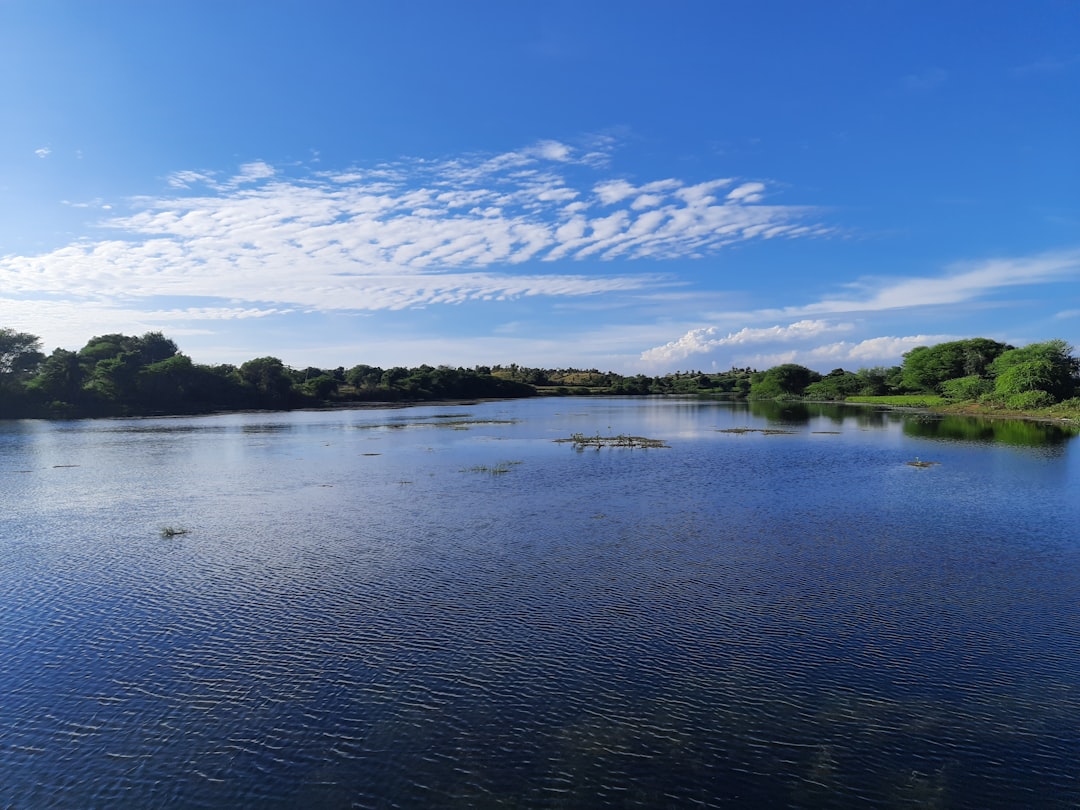
122 km from City Palace
Unknown Lake view near Galiakot Historical Village

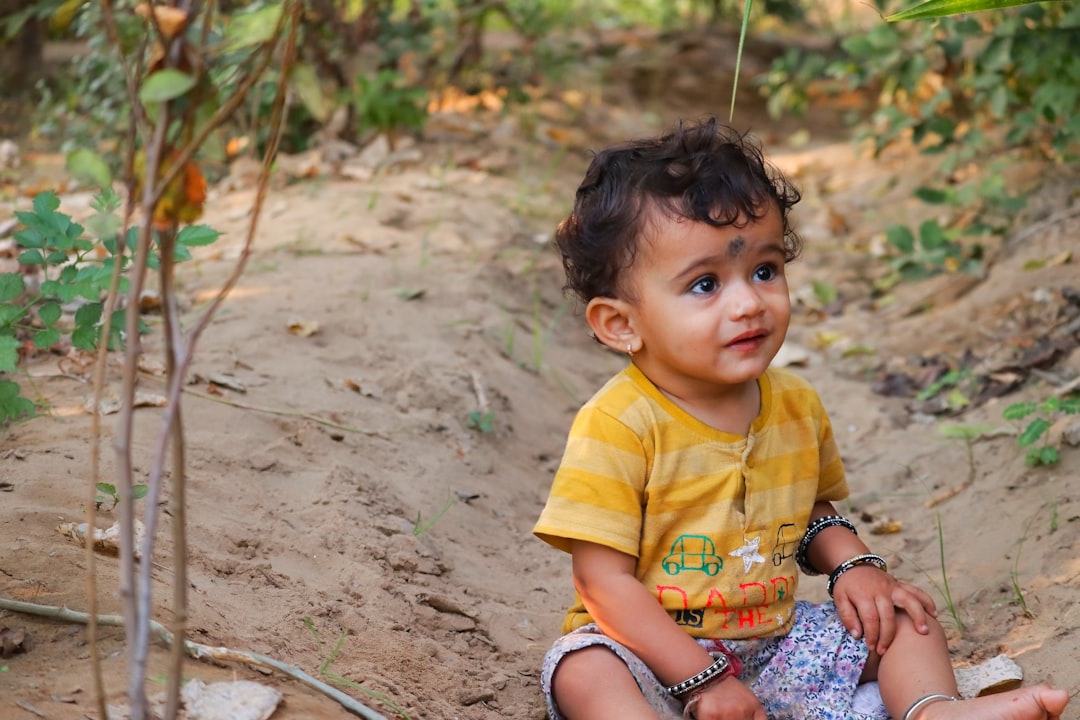
138 km from City Palace
Close-Up portrait a baby child sitting with yellow t shirt in garden

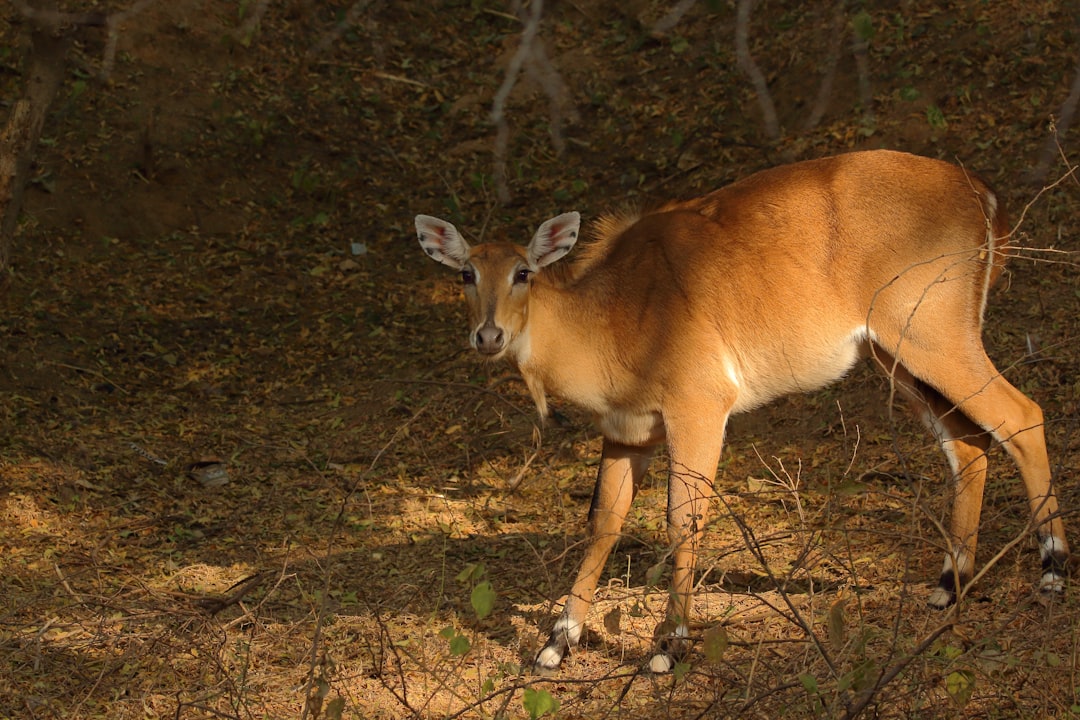
185 km from City Palace
Antelope - Nilgai
![]() Experienced by Saketh Upadhya
Experienced by Saketh Upadhya
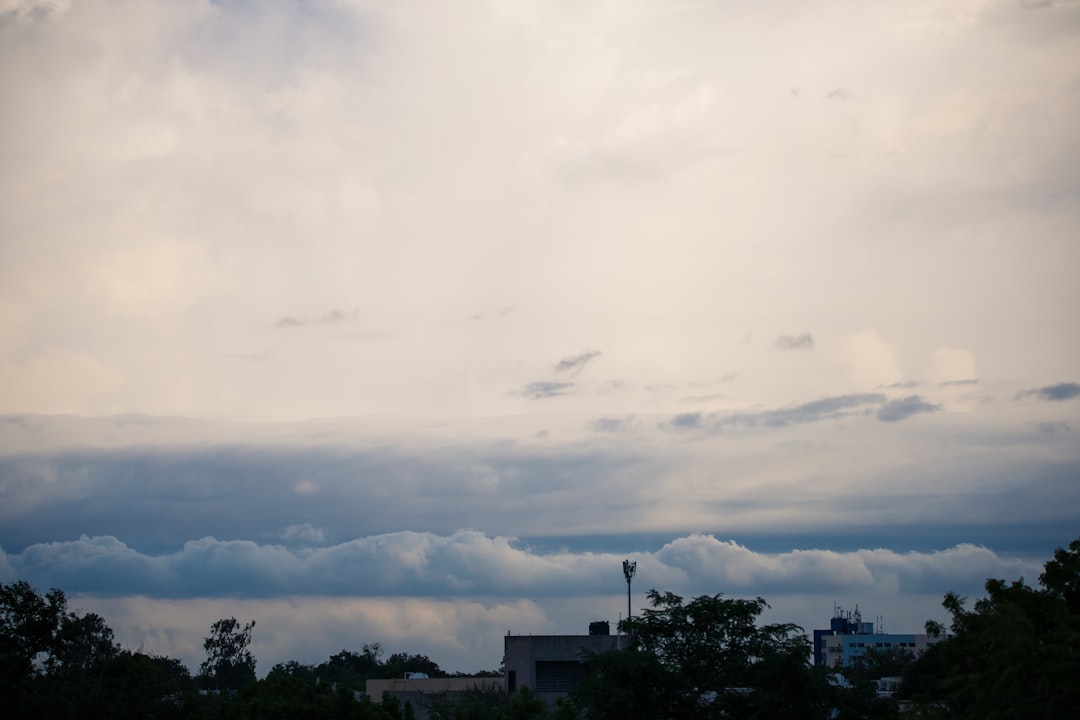
185 km from City Palace
Sea of Cloud

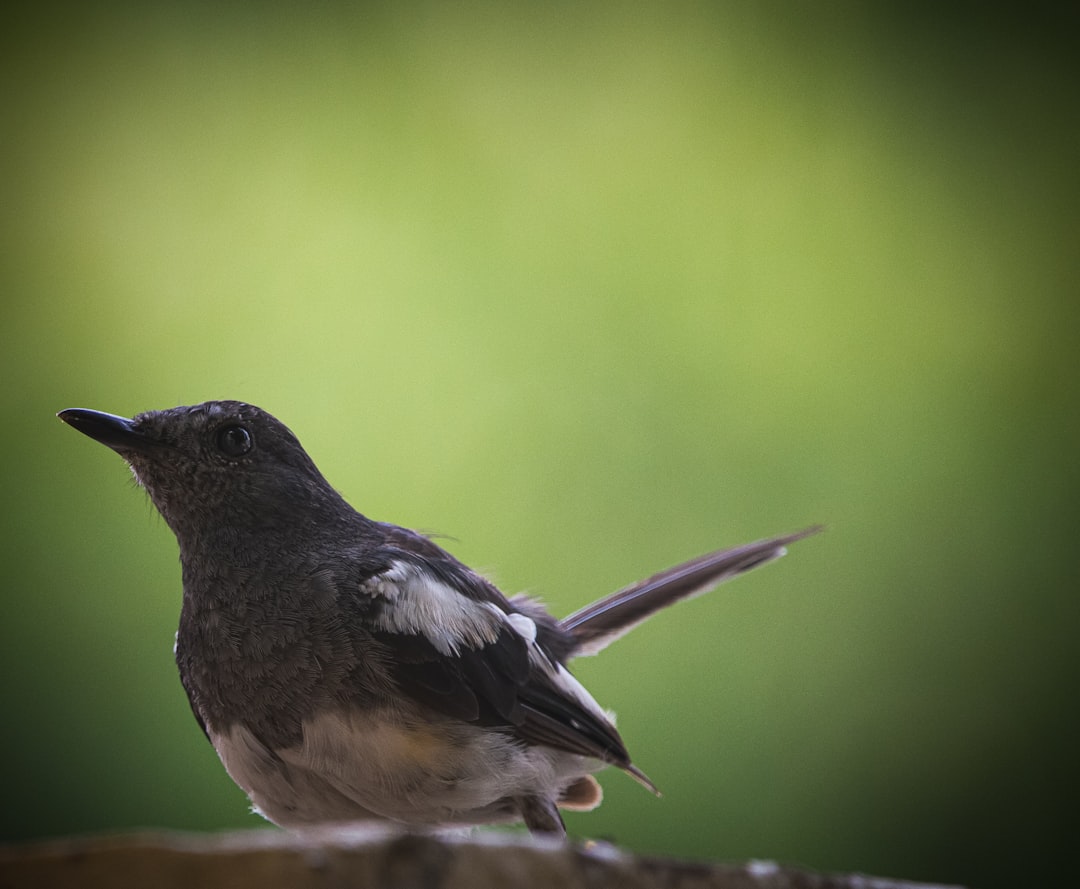
185 km from City Palace
The Oriental magpie-robin (Copsychus saularis) is a small passerine bird that was formerly classed as a member of the thrush family Turdidae, but now considered an Old World flycatcher. They are distinctive black and white birds with a long tail that is held upright as they forage on the ground or perch conspicuously. Occurring across most of the Indian subcontinent and parts of Southeast Asia, they are common birds in urban gardens as well as forests. They are particularly well known for their songs and were once popular as cagebirds

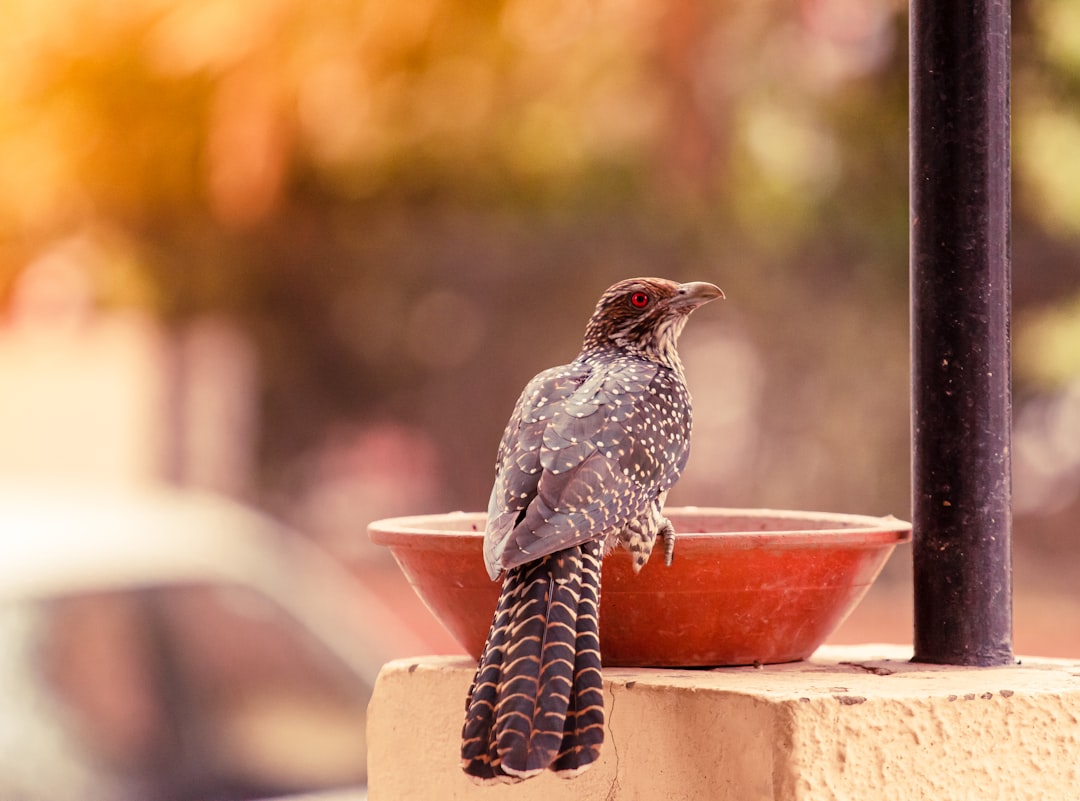
185 km from City Palace
Asian koel

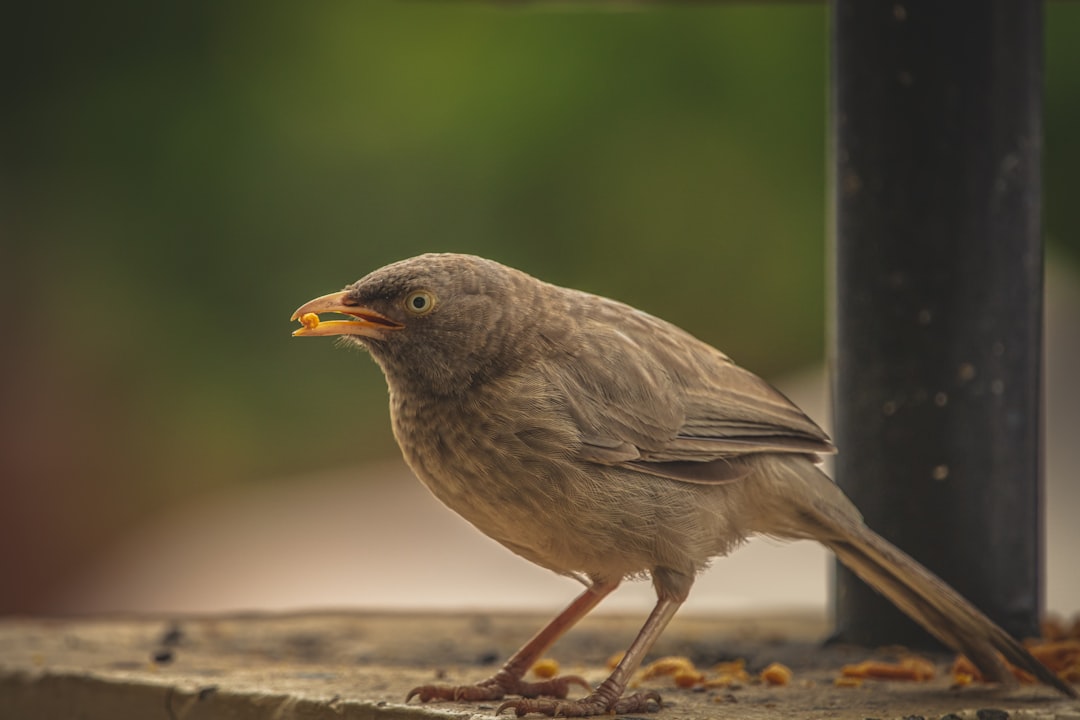
185 km from City Palace
They are gregarious birds that forage in small groups of six to ten birds, a habit that has given them the popular name of "Seven Sisters" in urban Northern India, and Saath bhai (seven brothers) in Bengali with cognates in other regional languages which also mean "seven brothers"

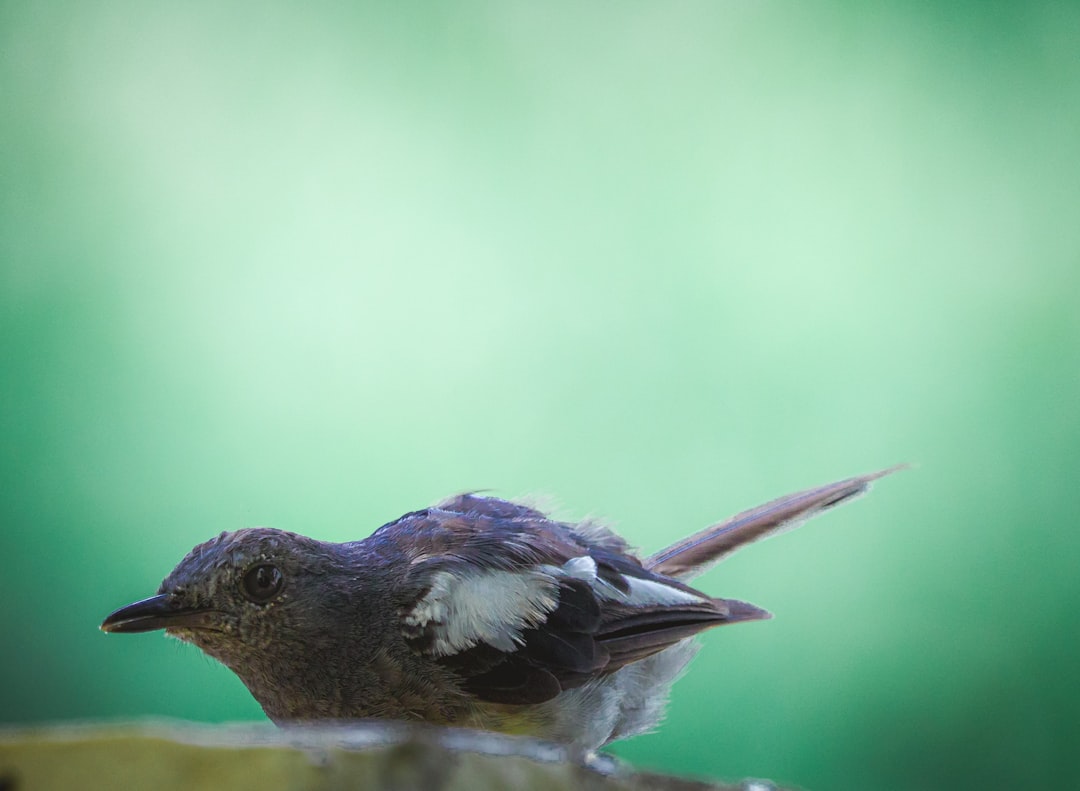
185 km from City Palace
The Oriental magpie-robin (Copsychus saularis) is a small passerine bird that was formerly classed as a member of the thrush family Turdidae, but now considered an Old World flycatcher. They are distinctive black and white birds with a long tail that is held upright as they forage on the ground or perch conspicuously. Occurring across most of the Indian subcontinent and parts of Southeast Asia, they are common birds in urban gardens as well as forests. They are particularly well known for their songs and were once popular as cagebirds

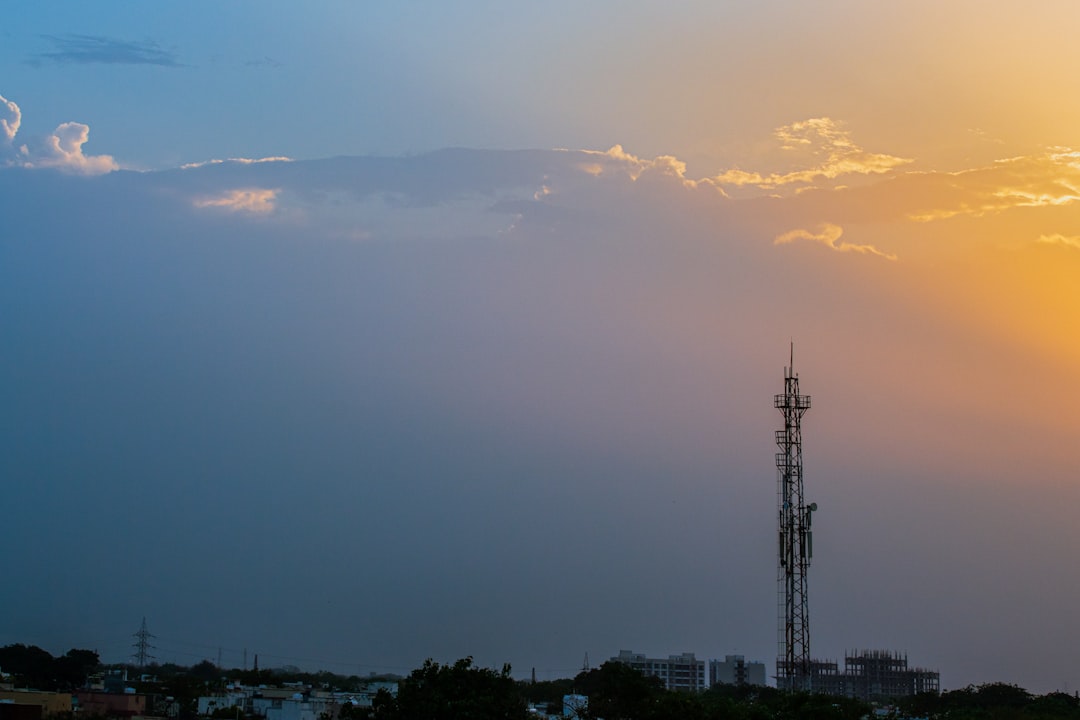
185 km from City Palace
Colors of Sunset

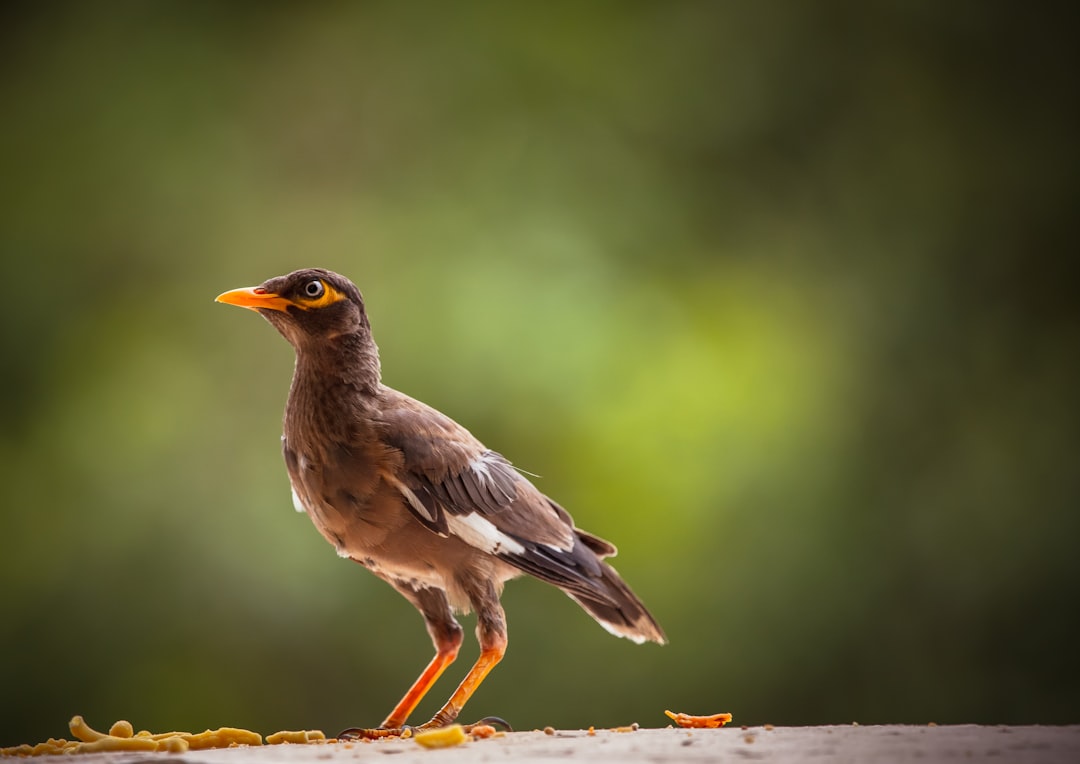
185 km from City Palace
The common myna is increasing at such a rapid rate that in 2000 the IUCN Species Survival Commission declared it one of the world's most invasive species and one of only three birds listed among "100 of the World's Worst Invasive Species" that pose a threat to biodiversity, agriculture and human interests

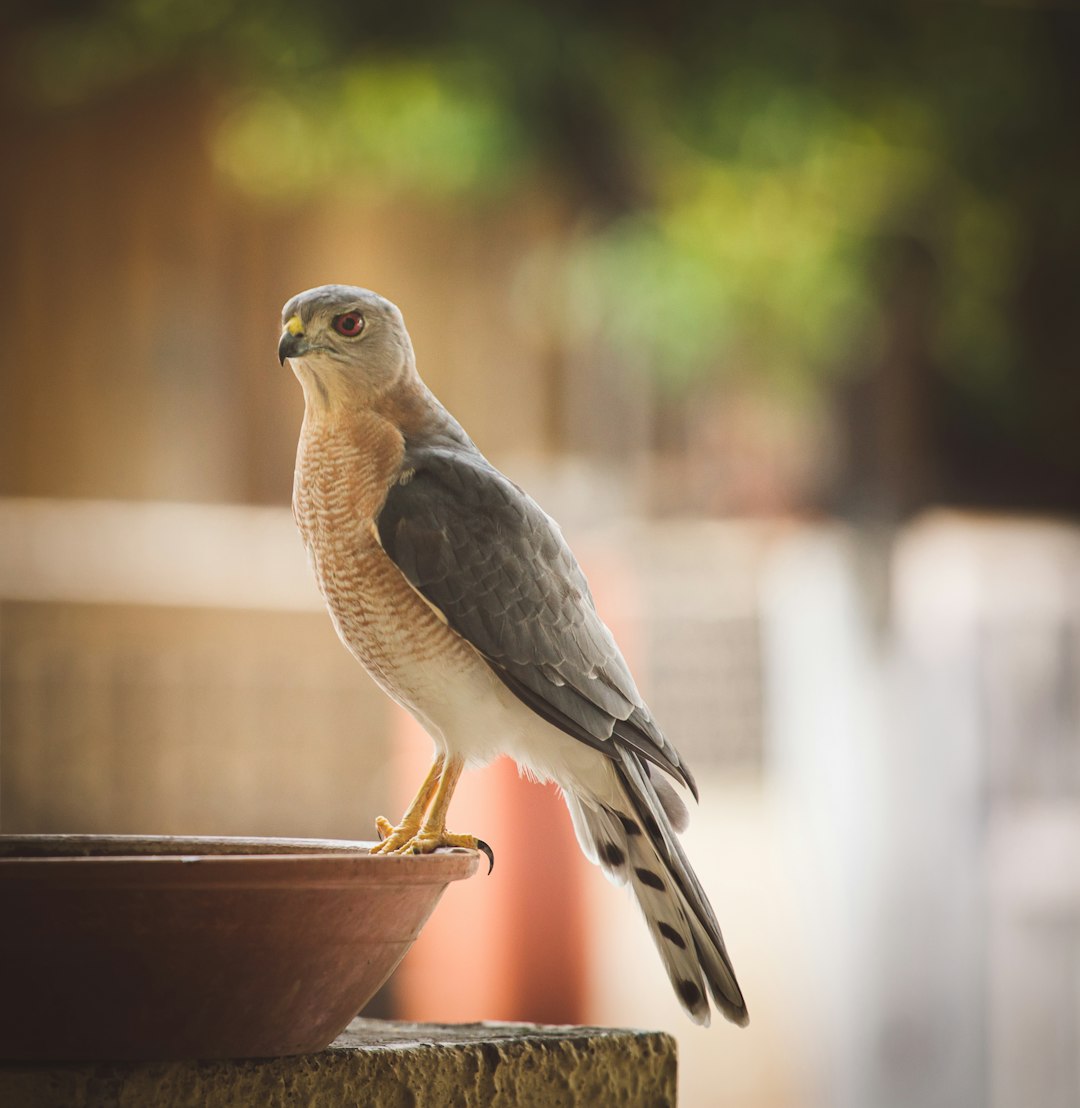
185 km from City Palace
The shikra (Accipiter badius) is a small bird of prey in the family Accipitridae found widely distributed in Asia and Africa where it is also called the little banded goshawk. The shikra is very similar in appearance to other sparrowhawk

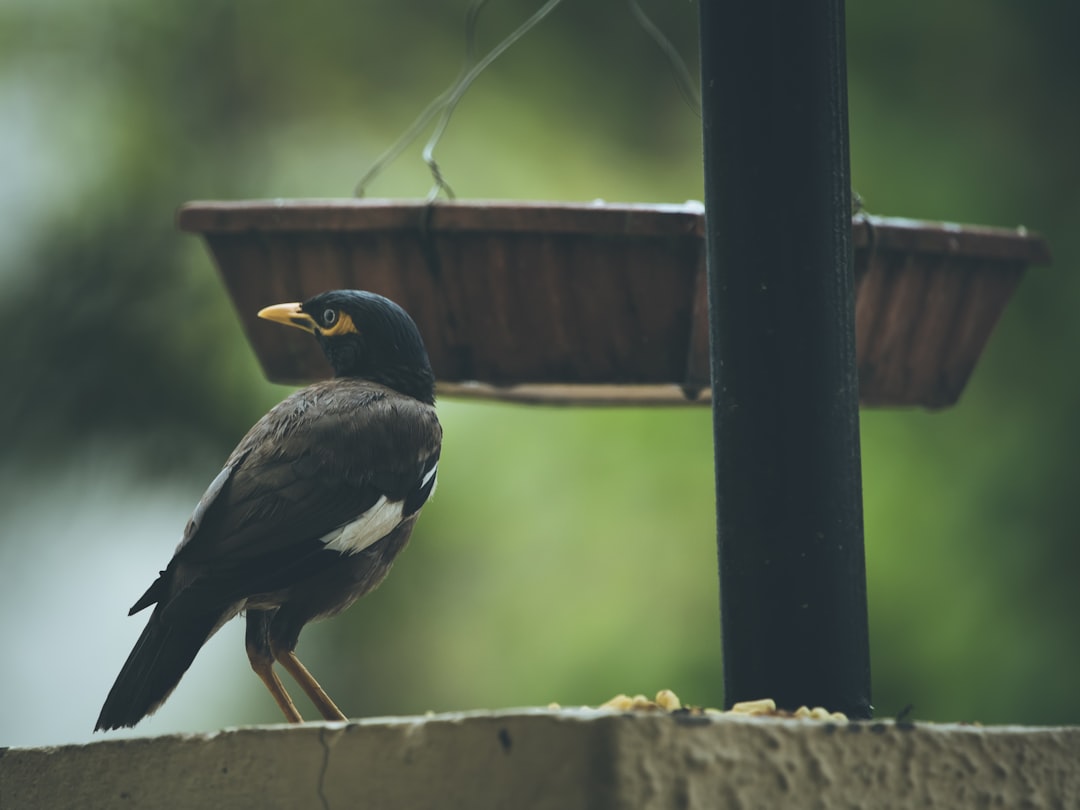
185 km from City Palace
The common myna or Indian myna (Acridotheres tristis), sometimes spelled mynah, is a member of the family Sturnidae (starlings and mynas) native to Asia. An omnivorous open woodland bird with a strong territorial instinct, the common myna has adapted extremely well to urban environments.
